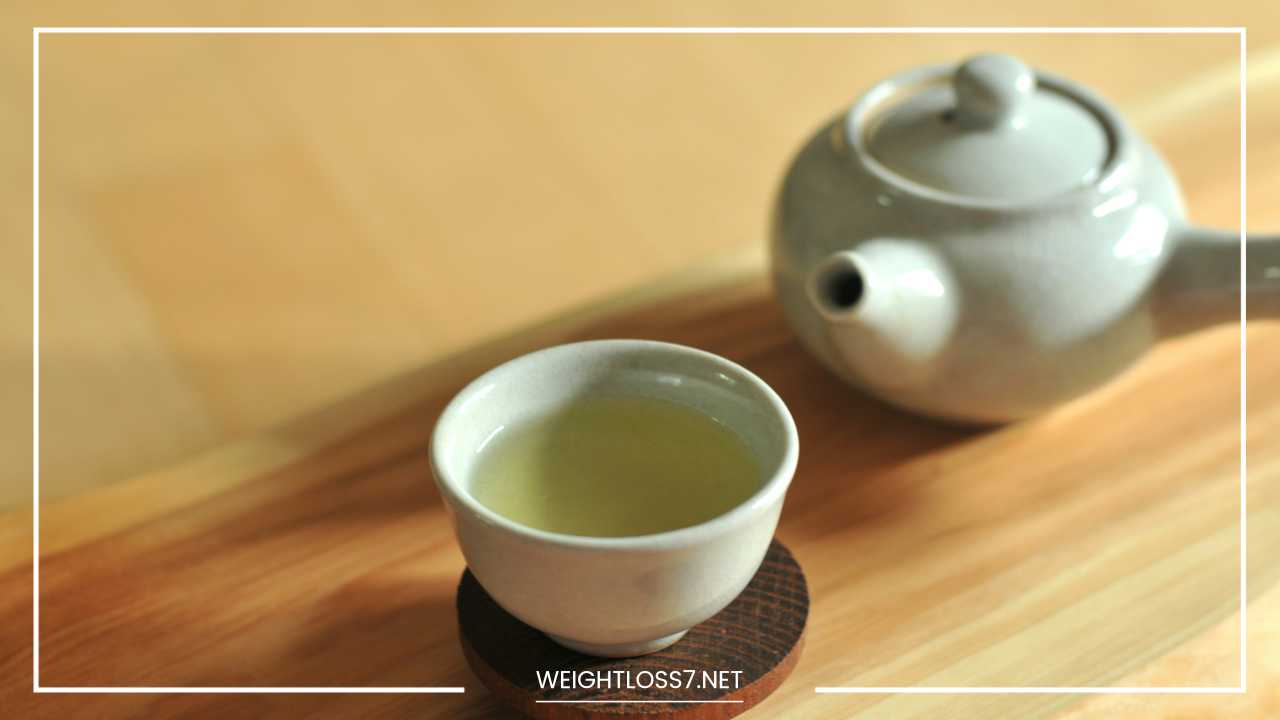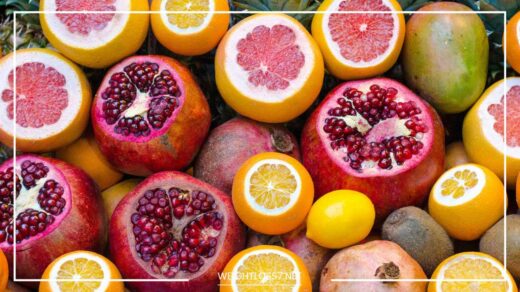Green Tea: Unveiling the Elixir of Health and Taste

Green Tea
A Legacy Steeped in Tradition: The History of Green Tea
Green tea’s journey transcends mere beverage; it’s a cultural tapestry woven across millennia. Its origins can be traced back to the misty mountains of ancient China, where legend speaks of Emperor Shennong, a mythical ruler known for his dedication to herbal medicine, accidentally discovering its invigorating properties around 2700 BC.
Historical records point to green tea consumption as early as the Han Dynasty (206 BCE – 220 CE), where it was revered for its medicinal properties and enjoyed by both emperors and scholars.
Green tea cultivation flourished during the Tang Dynasty (618-907 CE), a period of immense cultural and economic prosperity.
The practice of tea drinking became ritualized, with elaborate tea ceremonies emerging as a cornerstone of social gatherings. Lu Yu’s seminal work, “The Classic of Tea” (Cha Jing), published in 760 CE, further solidified green tea’s significance, meticulously detailing its cultivation, processing, and brewing methods.
Green tea’s influence transcended borders, finding its way to Japan via Buddhist monks returning from China in the 8th century.
The Japanese embraced green tea with such enthusiasm that they developed their unique cultivation and processing techniques, giving rise to renowned varieties like Sencha and Matcha. Green tea cultivation spread throughout East Asia, becoming deeply ingrained in the cultural fabric of Korea, Vietnam, and other countries.
Today, green tea remains a global phenomenon. It’s estimated that over 1.5 billion cups of green tea are consumed worldwide daily, a testament to its enduring popularity. From traditional tea ceremonies in Japan to trendy cafes featuring exotic green tea lattes, green tea continues to bridge cultures and generations.
A Kaleidoscope of Flavors: Exploring the Diverse World of Green Tea Varieties
Green tea’s universe boasts a stunning array of varieties, each offering a distinct sensory experience. Unlike black tea or oolong tea, which undergo a withering and oxidation process, green tea leaves are minimally processed, preserving their natural green color and delicate flavors. Here’s a deeper dive into some of the most celebrated green tea types:
-
Sencha: The quintessential green tea of Japan, Sencha is known for its vibrant emerald green color, grassy aroma, and refreshing, slightly vegetal taste. Grown in full sunlight, Sencha leaves are steamed immediately after harvesting to retain their freshness and vibrant color. Its multiple infusions throughout the day are a hallmark of Japanese tea culture.
-
Matcha: This vibrant green powder isn’t steeped like traditional tea leaves; instead, it’s whisked into hot water to create a frothy, intensely flavored beverage. Matcha is shade-grown for several weeks before harvesting, resulting in a higher concentration of L-theanine, an amino acid that contributes to Matcha’s unique calming and focused energy effect.
-
Gyokuro: Nicknamed “Dewdrop Tea,” Gyokuro is another shade-grown Japanese green tea. Similar to Matcha, shade cultivation leads to a higher concentration of L-theanine, resulting in a mellow sweetness and a delicate, almost seaweed-like aroma. Gyokuro is known for its smooth taste and is often enjoyed for its meditative qualities.
-
Longjing: Hailing from China’s Zhejiang province, Longjing is a prized green tea variety. Its flat, emerald green leaves unfurl into a beautiful display when steeped. Longjing boasts a distinctive nutty aroma with a hint of sweetness and a slightly toasty aftertaste.
-
Dragonwell: Another Chinese favorite, Dragonwell is renowned for its distinctive flat, elongated shape, resembling a dragon’s well (Longjing literally translates to “Dragon Well”). This green tea offers a toasty aroma with a slightly sweet and refreshing taste. Dragonwell is known for its multiple infusions, each revealing subtle nuances in flavor.
Beyond the Basics: Unveiling the Art and Science of Brewing the Perfect Cup
Brewing the perfect cup of green tea is an art form, requiring an understanding of water temperature, steeping time, and leaf quantity. Here’s a detailed guide to unlock the full potential of your green tea experience:
-
Water: The foundation of a good cup of green tea starts with high-quality water. Opt for filtered or spring water to avoid any off-flavors that can impact the delicate taste of green tea. Avoid using distilled water, as it lacks the minerals that can enhance the tea’s flavor profile.
-
Water Temperature: Green tea varieties have varying ideal steeping temperatures. More delicate green teas like Sencha or Gyokuro thrive in cooler water (around 70°C or 158°F) to preserve their subtle flavors. Conversely, more robust green teas like Longjing or Dragonwell can handle hotter water
(around 80°C or 176°F) to extract their full flavor potential. Using a thermometer ensures precise temperature control for optimal results.
-
Leaf Quantity: A good rule of thumb is to use 1 teaspoon of loose tea leaves per 6 ounces of water. However, this can be adjusted based on your desired strength. If you prefer a stronger cup, use slightly more leaves, or for a lighter brew, use slightly less. Experimentation is key to finding your perfect tea-to-water ratio.
-
Steeping Time: Over-steeping green tea can lead to bitterness. Each green tea variety has a recommended steeping time, typically ranging from 30 seconds to 3 minutes. Delicate green teas require shorter steeping times (30 seconds to 1 minute), while more robust varieties can benefit from slightly longer steeps (up to 3 minutes). Pay attention to the tea leaves; once they unfurl and release their color, it’s time to remove them from the water to prevent bitterness.
-
Brewing Equipment: While a simple teapot or mug can suffice, using a teapot with an infuser basket allows for easier removal of the leaves after steeping. Specialty teapots made from ceramic or porcelain are ideal for maintaining consistent water temperature and enhancing the tea’s flavor.
A Treasure Trove of Health Benefits: Unveiling the Science Behind Green Tea’s Power
Green tea’s reputation as a health elixir is not merely folklore; it’s backed by a growing body of scientific research. Here’s a closer look at some of the most well-researched health benefits of green tea:
-
Antioxidant Powerhouse: Green tea is brimming with antioxidants, particularly flavonoids called catechins. These powerful antioxidants combat free radicals, unstable molecules that damage cells and contribute to the aging process and chronic diseases. Catechins, especially epigallocatechin gallate (EGCG), may help reduce the risk of heart disease, certain cancers, and cognitive decline.
-
Enhanced Brain Function: Green tea’s unique combination of caffeine and L-theanine offers a cognitive boost. Caffeine, a natural stimulant, enhances alertness and focus, while L-theanine promotes relaxation and reduces anxiety. This synergistic effect can improve cognitive function, memory, and reaction time without the jitters often associated with high-caffeine beverages.
-
Weight Management Ally: Studies suggest that green tea may play a role in weight management. Caffeine in green tea can modestly increase metabolism and promote fat burning. Additionally, EGCG may help regulate blood sugar levels and insulin sensitivity, further aiding weight management efforts. However, it’s important to remember that green tea alone is not a magic bullet for weight loss; it should be combined with a healthy diet and regular exercise.
-
Improved Heart Health: Green tea’s antioxidants may contribute to a healthier heart. Catechins can help lower bad cholesterol (LDL) levels and improve blood vessel function, potentially reducing the risk of heart disease, the leading cause of death globally.
-
Cancer Prevention: Research suggests that green tea’s catechins may have anti-cancer properties. EGCG, in particular, has been shown to inhibit the growth and spread of cancer cells in laboratory studies. However, more human studies are needed to fully understand green tea’s potential role in cancer prevention.
-
Dental Health Defender: Green tea’s antibacterial properties may contribute to good oral health. The catechins in green tea can inhibit the growth of bacteria that cause cavities and gum disease. Additionally, green tea may help freshen breath due to its astringent properties.
Beyond the Benefits: Considering Potential Side Effects of Green Tea
While generally safe for most people in moderate amounts, green tea can have some side effects, especially when consumed in excess. Here’s a breakdown of potential drawbacks to consider:
-
Anxiety and Insomnia: Due to its caffeine content, green tea can cause anxiety or disrupt sleep patterns in caffeine-sensitive individuals. Limiting green tea intake, particularly in the afternoon and evening, can help mitigate these effects.
-
Digestive Issues: Green tea may irritate the stomach in some people, causing nausea or constipation. Tannins in green tea can also interfere with iron absorption. If you are iron-deficient, space out your green tea consumption from iron-rich meals.
-
Liver Toxicity: In rare cases, excessive consumption of green tea supplements may lead to liver problems. It’s crucial to stick to recommended dosages and consult a healthcare professional before taking high doses of green tea supplements.
Brewing Beyond the Cup: Creative Ways to Incorporate Green Tea into Your Life
Green tea’s versatility extends beyond the traditional cup. Here are some creative ways to incorporate this healthy and flavorful beverage into your daily routine:
- Culinary Creations: Green tea can be a delightful culinary ingredient. tural exploration. Use brewed green tea in savory stir-fries or marinades for a subtle vegetal flavor and a touch of astringency. Green tea powder (Matcha) can be incorporated into desserts like ice cream, cakes, or lattes for a vibrant green color and a unique tea flavor.
-
Beauty Boost: Green tea’s anti-inflammatory and antioxidant properties can benefit your skin. Steeped green tea bags can be used as compresses to soothe puffy eyes or sunburn. Green tea powder can be added to face masks for a refreshing and potentially anti-aging treatment.
-
Relaxation Ritual: Green tea’s calming properties can enhance your relaxation routine. Brew a cup of calming green tea like Gyokuro or a blend with chamomile or lavender in the evening to unwind after a long day.
-
Green Tea Mocktails: Enjoy the refreshing taste of green tea without the alcohol. Muddle fresh mint leaves with lime wedges in a glass, add ice, and top it off with chilled green tea for a healthy and invigorating mocktail. Experiment with different fruits and herbs to create your own signature green tea mocktail.
A Sustainable Choice: Exploring Ethical Sourcing and Environmental Impact
As green tea’s popularity continues to soar, it’s crucial to consider its environmental and social impact. Here’s a look at sustainable practices in green tea production:
-
Organic Farming: Choosing organic green tea supports sustainable farming practices that minimize the use of pesticides and fertilizers, protecting soil health and biodiversity.
-
Fair Trade Certification: Opting for Fair Trade certified green tea ensures fair wages and working conditions for tea farmers, promoting social responsibility within the supply chain.
-
Water Conservation: Green tea cultivation requires significant water resources. Look for brands committed to water conservation practices in their tea production.
By making informed choices, you can enjoy your cup of green tea knowing it contributes to a healthier planet and a fairer global tea trade.
Final Word: Unveiling the Magic of Green Tea
Green tea’s journey, from its ancient origins to its contemporary popularity, is a testament to its enduring appeal. It’s not just a beverage; it’s a cultural touchstone, a source of health benefits, and a canvas for culinary creativity.
By understanding its history, varieties, brewing methods, and potential health effects, you can unlock the full magic of green tea and incorporate it into a mindful and healthy lifestyle. So, steep yourself a cup of green tea, savor its delicate flavors, and embark on a journey of wellness and cultural exploration.

















